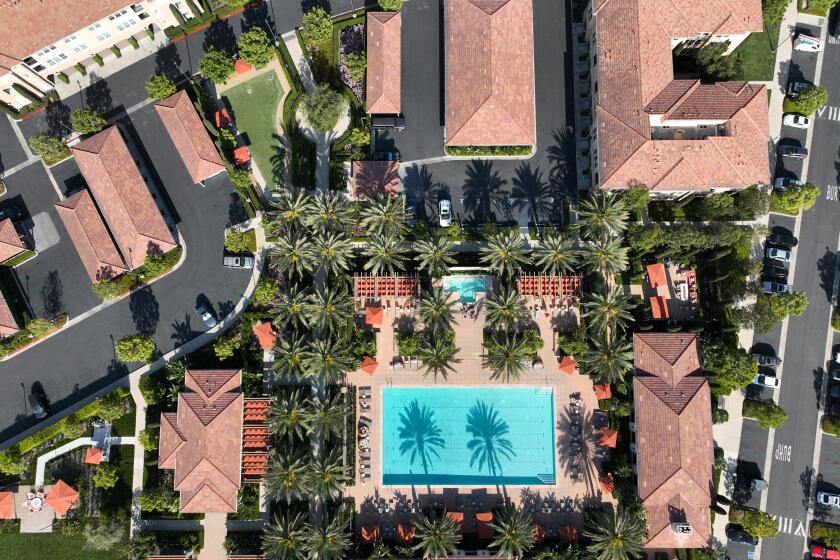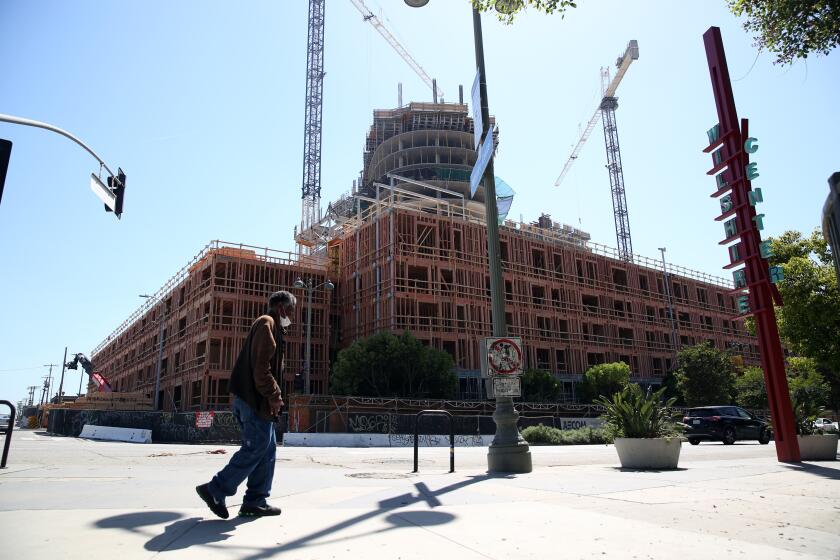These are the California cities where $150,000 still buys you a home. Could you live here?
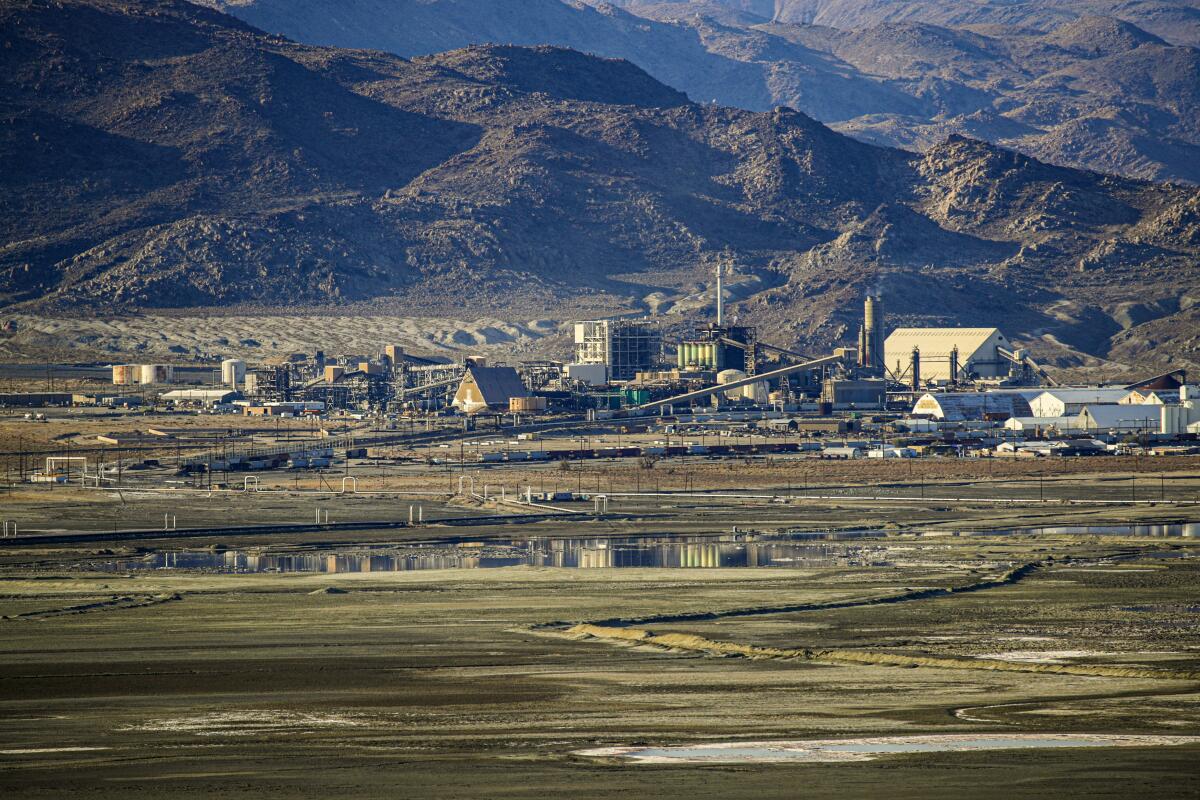
- Share via
California’s soaring home values and its affordability crisis show no signs of easing.
But if you look hard enough, there are still a handful of cities where the median price of a home is less than $150,000.
Like so many California real estate deals, you have to journey off the beaten path, make compromises and have some imagination.
These affordable communities are far-flung and a long drive from the bustle of the city. But locals say the bargain prices and charms make the trade-offs worth it.
And because this is California, some wonder how long it will be before others discover what they have and move in.
For the last 30 years, Ann Epperly has lived in Trona, one of only nine California cities, towns and unincorporated areas tracked by Zillow with median home values under $150,000 in February 2024.
On Fridays, she volunteers at the local historical center and reminisces on decades of change in her community.
“It’s gone downhill, but it seems to be coming back a bit,” Epperly, 80, said of the once-bustling town, built on the mining and production of borax, a potent cleaner, flame retardant and component in glass products like car windshields.
Living off the beaten path has its benefits, she said, noting that “it’s quiet, you don’t get the hubbub of so many people” and “cars running over you.”
She loves the people of Trona, and the freedom to “ride horses all over town.”
These towns represent islands of affordability in a state where the median home price is $789,000. California is home to 210 cities, towns and communities monitored by Zillow where the median home values are more than $1 million.
Some of the state’s lowest median home values — as low as $114,000 —are located near the Oregon border, in the towns of Dorris, Macdoel and Tulelake. Each town is home to less than 1,000 people and set amid agricultural fields.
After adding 12 this year, California accounts for 210 of the country’s 550 cities where the typical home value is more than $1 million, according to an analysis by Zillow.
Herlong, located along the border with Nevada, 90 miles north of Lake Tahoe, is another town with a low median home value. It’s an army town named after a World War II-era captain and home to a military storage facility.
In Southern California, five towns round out the group of nine: Boron, Yermo, Hinkley, Johannesburg and Trona. Surrounded by desert, most were built up around the mining industry and all have lost population in recent decades.
The town of Boron is named for the element found in borax, and Hinkley is known for a groundwater contamination lawsuit that inspired the movie “Erin Brockovich.”
Sonney Berri, a real estate agent in Trona, has seen an uptick in prices since the COVID-19 pandemic, a trend he attributes to homeowners who previously lived close to city centers and sold their homes to buy properties in this unincorporated community in San Bernardino County.
Trona, a “desolate area that was very much thriving back in the ’50s and ’60s,” was littered with abandoned homes after plants closed decades ago, said Berri, 49. Now, “people are fixing them up and making the community better,” he said.
Trona’s heyday was in the early 1900s, when it was a company town, established in 1914 and operated by the American Trona Corp. Early on, a central building housed many workers and all the town’s businesses, including a “pool hall, a barber shop, post office, library, grocery and department store,” according to the Searles Valley Historical Society.
Developers built fewer homes in California in 2023, potentially leading to higher prices and rents as a supply shortage worsens.
The building, known as Austin Hall, also held a “telegraph office with a switchboard for the single phone line into Trona.”
Mining production increased and the town boomed to 6,000 people at its height. But as the nearby town of Ridgecrest grew and the mining company shrunk, Trona withered.
More recently, Searles Valley, which includes Trona, saw its population fall 15% between 2010 and 2022, according to census data. It is now home to around 1,700 people.
Located less than four hours from Las Vegas and an hour from Death Valley, Trona offers a desert lifestyle with home prices that can’t be beat in California.
Berri considers himself a fan of the community.
During the peak era of COVID-19, “Trona was the place to be because you have more space,” he said.
He acknowledges that the desert life is not for everyone. “In Trona, you’re talking about 115-degree summers, but people adjust and they get through,” Berri said.
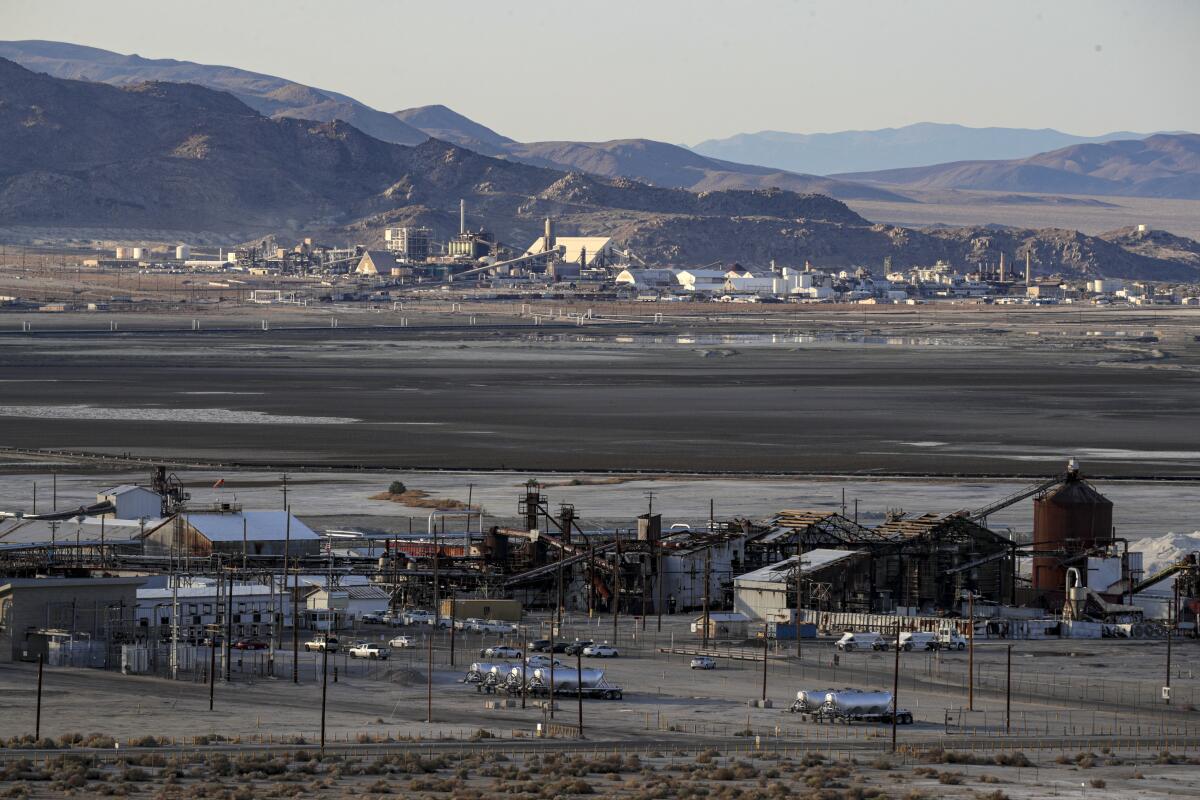
Residents who can endure the stifling heat are rewarded with home median home prices at an astonishing $52,000. In nearby Johannesburg, median home prices are $86,000. Both communities in the Riverside-San Bernardino metropolitan area saw home values dip about 17% in the last year.
Another plus of living in cities like Trona: The affordability rate. The ratio of median home prices to household income is less than 2 to 1, compared to nearly 10 to 1 in the rest of the state.
In the Searles Valley, the median household income was $54,000 in 2022, well below the statewide average of $92,000, according to census data. The poverty rate, however, was nearly 20%, far exceeding California’s 12% overall rate.
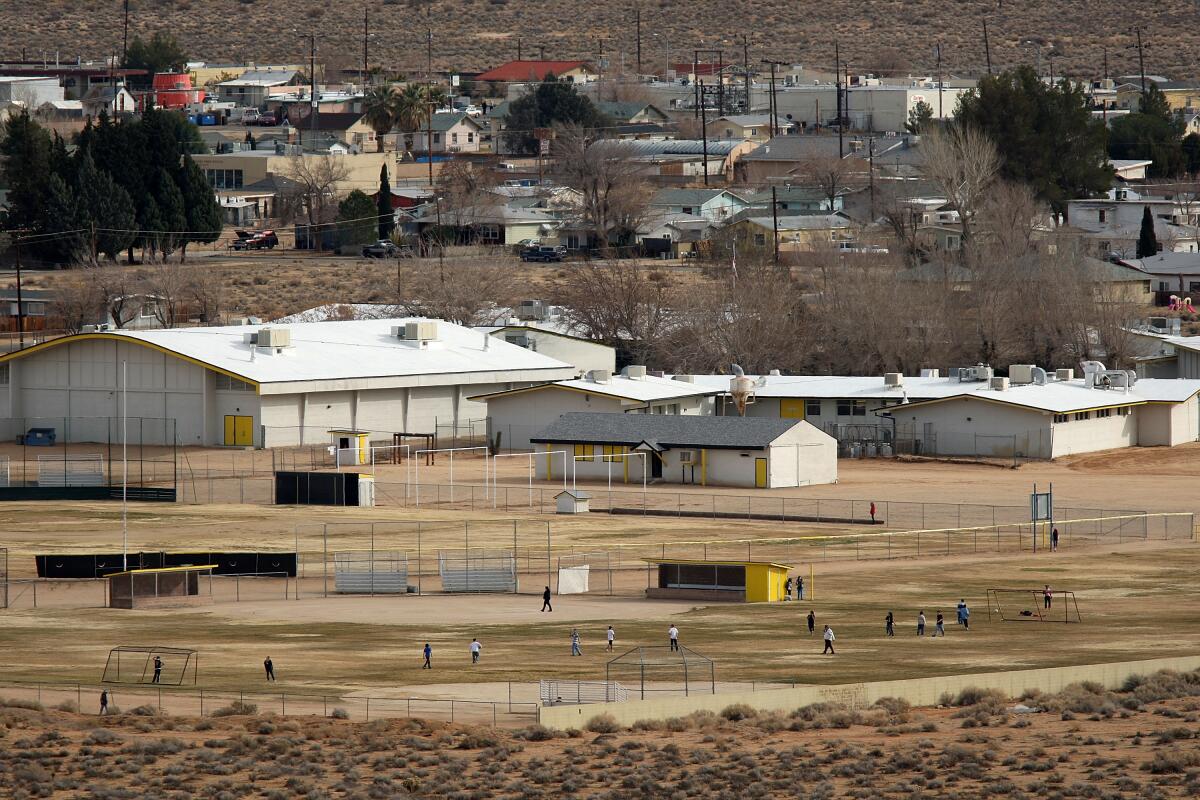
Aside from an influx of new residents, Epperly said the town’s revival could use some help.
Residents from nearby towns once came to Trona for shopping and essentials, but now the tables have turned, Epperly said.
The nearest hospital and Walmart are both 25 miles away in Ridgecrest.
“It used to be the hub years ago,” she said.
Now, “it’s just a small town with a big plant,” she said, referring to the gem and mineral plant on the nearby lake. “We need some stores here.”
The good news, said Epperly, is that she has noticed an increase in the number of tourists traveling to the desert to camp.
“I think L.A. has found Trona,” she said.
Berri, the real estate agent, agreed. As residents across urban California have decamped for more space and affordability in the exurbs, small towns statewide have grown in popularity.
“When you’re in the city, you’re usually cramped, you’re paying high costs,” he said.
Since the pandemic, Trona has “seen a spike in the prices,” he said, driven by cash-rich buyers from cities.
More to Read
Sign up for This Evening's Big Stories
Catch up on the day with the 7 biggest L.A. Times stories in your inbox every weekday evening.
You may occasionally receive promotional content from the Los Angeles Times.

